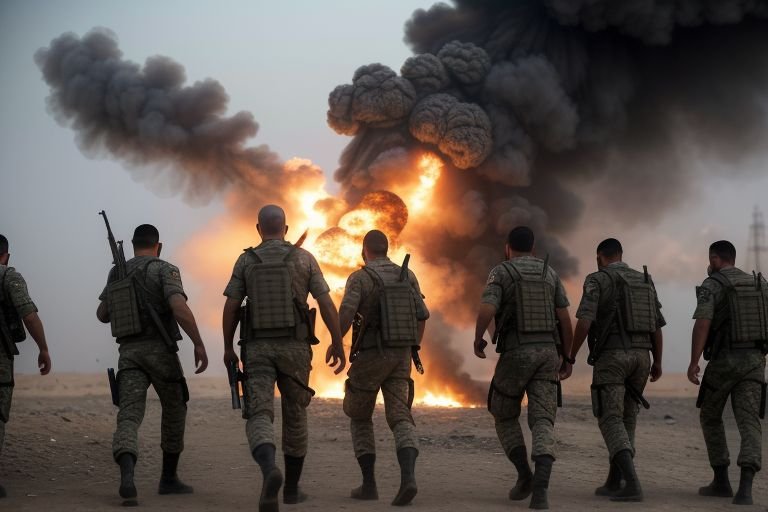In a separate system, Hamas has been accused of rejecting new terms for a Gaza truce, but the U. S. President Joe Biden has insisted that a ceasefire deal has never been closer. This has been realised at a time when the conflict between Hamas and Israel is going on, and it has put a lot of pressure on the people of Gaza. Hamas renders the decision of the truce proposal dead on the water and therefore the stalemate continues in the struggle to end the violence even as the internation community calls for truce. Mr Biden’s words imply hope insofar as the parties are stepping up the diplomatic efforts; however, the stances are unclear on both sides of the confrontation.
This attitude corresponds with their refusal of what they consider to be disadvantageous conditions of the proposed ceasefire. Past negotiations for the ceasefires have not been successful mainly because of disputations over questions like the blockade on Gaza Strip, Israel’s security and the general politics of the Israel and Palestine. Hamas and its supporters claim to be seeking a full cessation of the blockade and Israeli military attacks, while Israel calls for proper security assurances, notably with regard to the disarmament of Hamas and the sealing off of Gaza against new weapons deliveries.
The unending conflict has been costly in human lives, and each fighting party has blamed the other for the killing of the innocent lives. The United Nations and many international humanitarian organizations estimated the unfavorable humanitarian situation in Gaza Strip and appealed together with the international community to provide humanitarian aid to the suffered population. With the increasing number of casualties, people and even medical workers are now pressured to call for ceasefires.
The recognition of the situation by Biden in the statement that it seems to be closer than ever to reach the desired goal confirms that the necessary behind-the-scenes negotiations, probably with the involvement of regional sponsors Egypt and Qatar, are being held at the moment.
But, it is still not clear as to which of the proposed cease fire formulas would have to be adopted and there seem to be a long way to go in realizing a peaceful solution. The U. S. has been very engaged in these talks asserting the rights of self-defense of Israel but advocating for measures that will protect the lives of civilians.
In the Hamas rejection of the truce, one can see that any end of conflict solution must incorporate in addition to the cessation of hostilities all the claims that each side has against the other. Though this removes the firing and ‘neutralizes’ the situation, the roots of the conflict in the Israelite and Palestinian conflict are still as follows: the territorial conflict, the status of Jerusalem, and the refugees’ rights.
Finally, the failure of the new truce conditions to be accepted by Hamas, even with Biden’s enthusiasm underlines the issues that are involved in finding a solution to such a deeply rooted struggle. Despite this, diplomatic negotiations keep on being made in the belief that a solution could be found to put an end to the hostilities and to the suffering of thepopulation on both sides of the divided Island.


